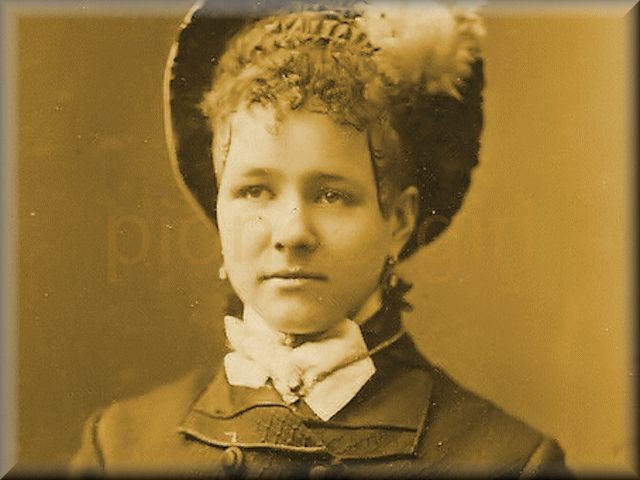velvet

A soft material woven wholly from silk, or of silk and cotton mixed, having a loose pile or short shag of thread on the surface. Made of velvet; or soft and delicate, like velvet. — Webster, 1882
 She so wanted a hat to wear instead of her hood that Ma bought for her a half a yard of beautiful brown velvet. – Little Town on the Prairie, Chapter 21, “The Madcap Days”
She so wanted a hat to wear instead of her hood that Ma bought for her a half a yard of beautiful brown velvet. – Little Town on the Prairie, Chapter 21, “The Madcap Days”
 From The American Cyclopædia: A Popular Dictionary of General Knowledge, edited by George Ripley and Charles A. Dana (New York: D. Appleton & Co., 1883), 287:
From The American Cyclopædia: A Popular Dictionary of General Knowledge, edited by George Ripley and Charles A. Dana (New York: D. Appleton & Co., 1883), 287:
Velvet is a textile fabric woven wholly of silk or of silk and cotton mixed, having a loose pile or short shag of threads on the surface, which give it a fine soft nap. Cotton stuffs manufactured in the same way are commonly called velveteens.
This manufacture appears to have originated about the 13th century, and was limited for a long time to the Italian cities. It thence passed into France, where it was greatly improved, and in 1685 was introduced into England by French refugees. Velvet is very durable, from the close texture of the under side, and also from the thick nap of the upper, which opposes great resistance to external friction. it is moreover very warm, and suitable for rich ornamental figured work. Its peculiar character is derived from the insertion of short pieces of silk thread, secured under the shoot, weft, or cross threads, their ends standing upright and so closely together as to conceal the interlacing of the threads beneath. They are furnished in an extra set of threads, called pile threads, arranged in the loom parallel to the warp threads, and much longer than these, which in the progress of the weaving are passed, after every third throw of the shuttle, over a thin, semi-cylindrical, straight brass wire, which is laid across the whole fabric over the warp threads. The next working of the treadle carries the pile threads down over the wire, when they are covered and fastened by the next throw of the shuttle. Another wire is placed in the same position for the next row of loops across the fabric, and these are produced, as already observed, with every third throw of the shuttle. Two wires only are used, and these are freed in turns by the same process which converts the loops into a pile. Each of them has a groove along its upper surface, and on this is run a sharp-edged knife, thus severing the loops and leaving two ends of each one projecting above the fabric. These are brushed up and dressed to produce the velvety nap. If some of the pile threads are left uncut, the velvet is then of the striped kind; and some is used altogether uncut. Fine velvets contain 40 to 50 rows of loops in an inch length of the fabric, and their production is therefore exceedingly slow and laborious. The process is moreover complicated by the use of two shuttles, a stouter thread being used after the wire than the two which succeed, hence the production of a yard of plain velvet is considered a good day’s work.
Various modifications have been introduced in the manufacture of velvet, among which is that of Mr. Gratrix, who produces the pile by the weft, the cut being then made in the direction of the warp. The pile threads are woven over a series of fine longitudinal knives, over the points of which the portions of the weft intended to form the pile slide successively as the cloth is woven; and the weft is severed in passing over the cutting portion of these knives, which are fixed. By some of the new methods the velvet is cut and embossed at the same time.
Lyons is the principal seat of the manufacture of broad velvets, such as those for cloak making called Ponson velvets, and St. Etienne is the principal seat of velvet ribbon manufacture. Trimming velvets of the finest kinds are made by hand in Rhenish Prussia.

velvet FB 8, 18; LTP 7, 9, 21, 23; THGY 4, 16, 22, 30), see also plush
soft as velvet / velvety / “velvet” (FB 2, 13-14, 29; LHP 4; BPC 3, 6, 9, 12-13; SSL 9, 28; PG) – Made of velvet, or like velvet; soft; smooth; delicate.

